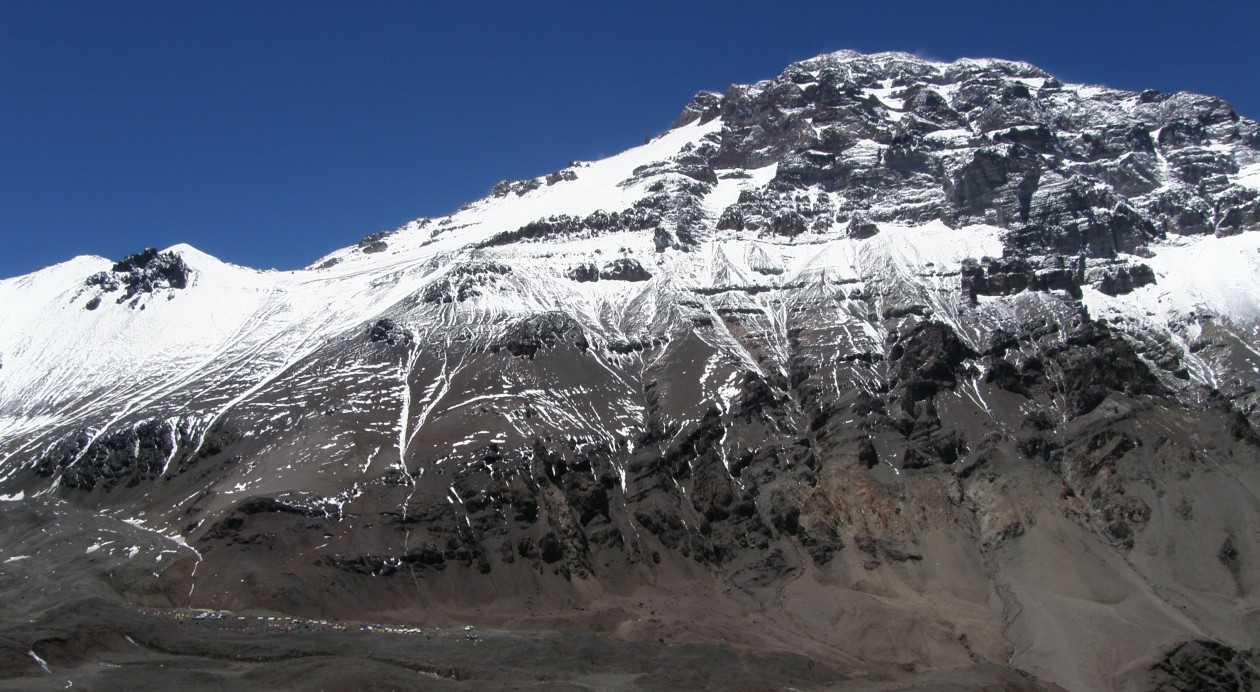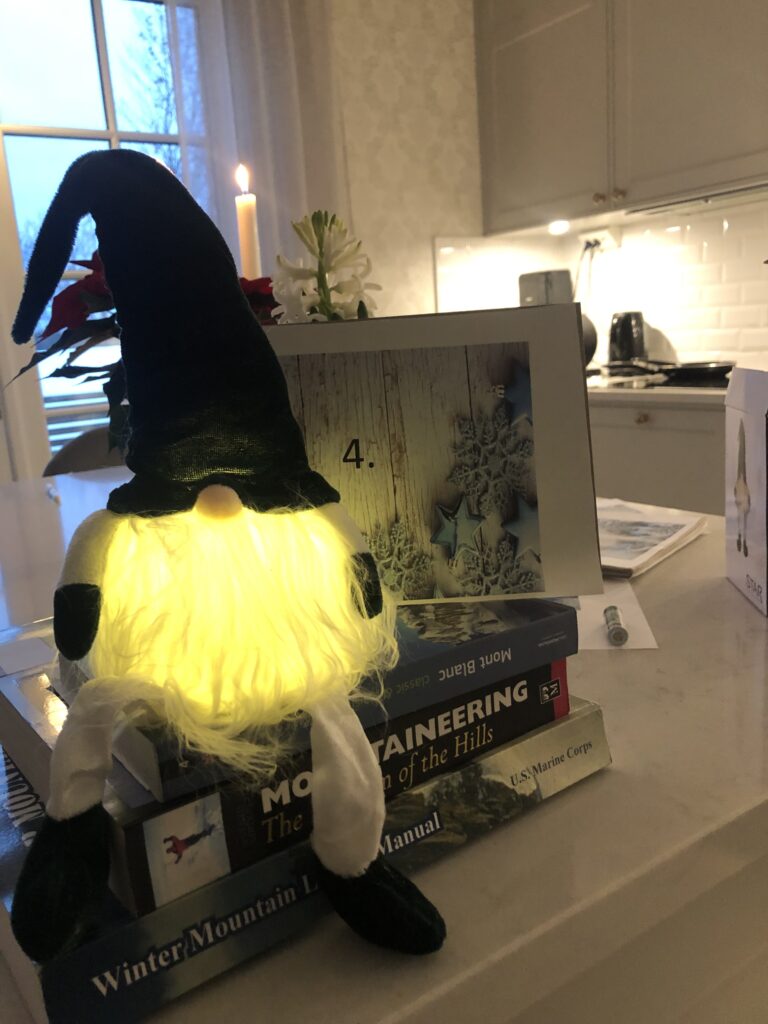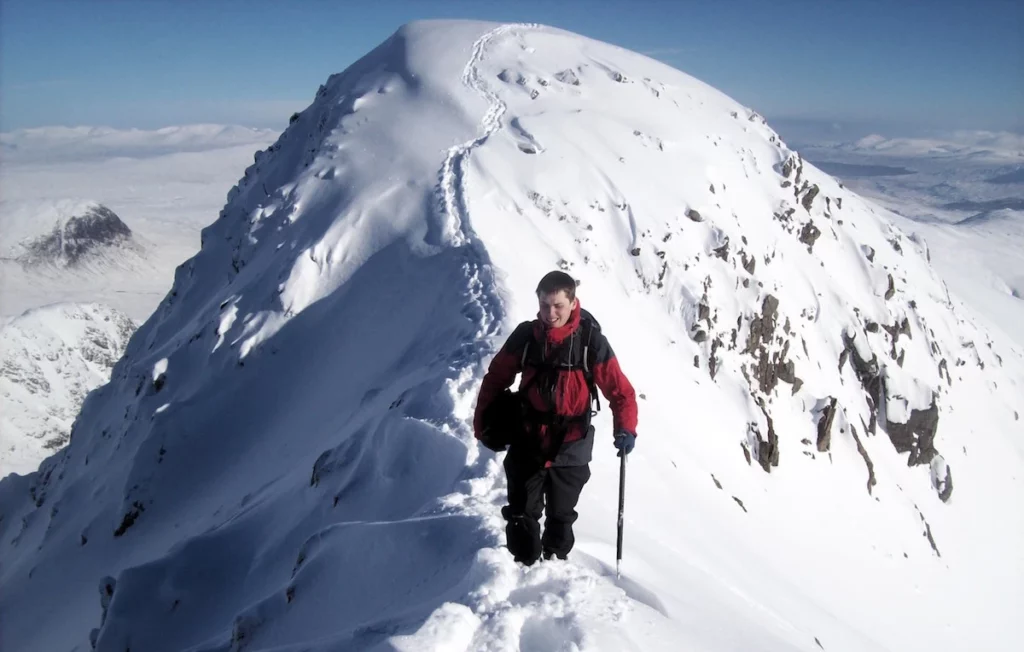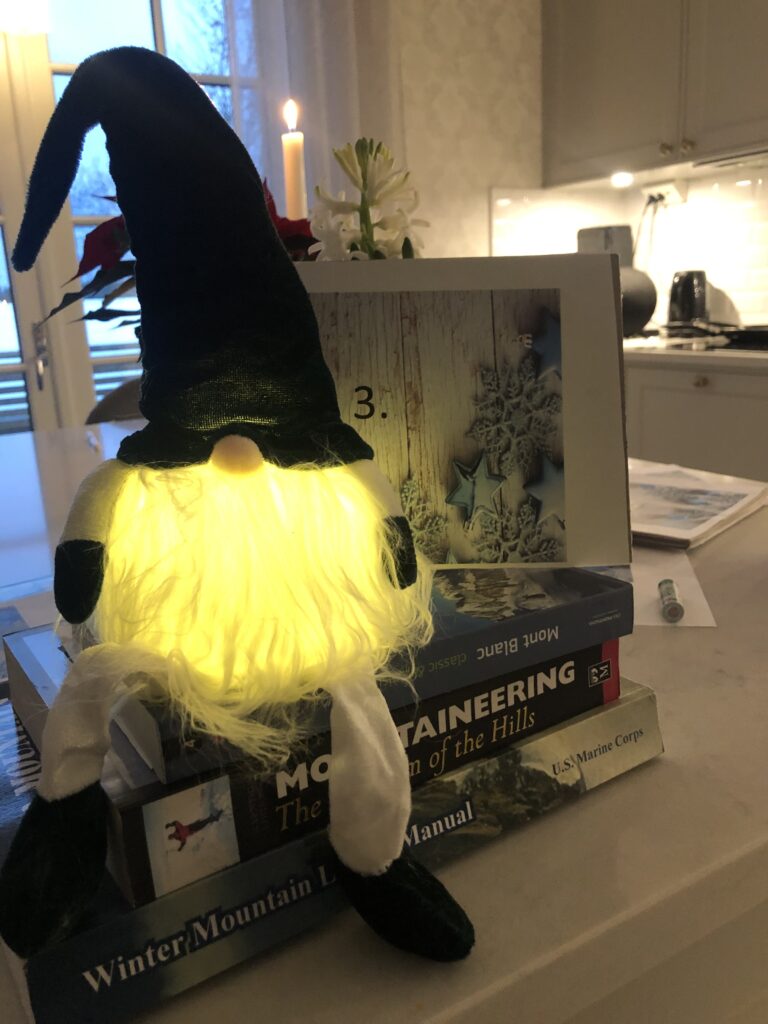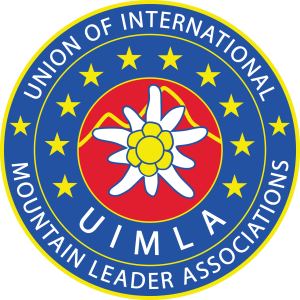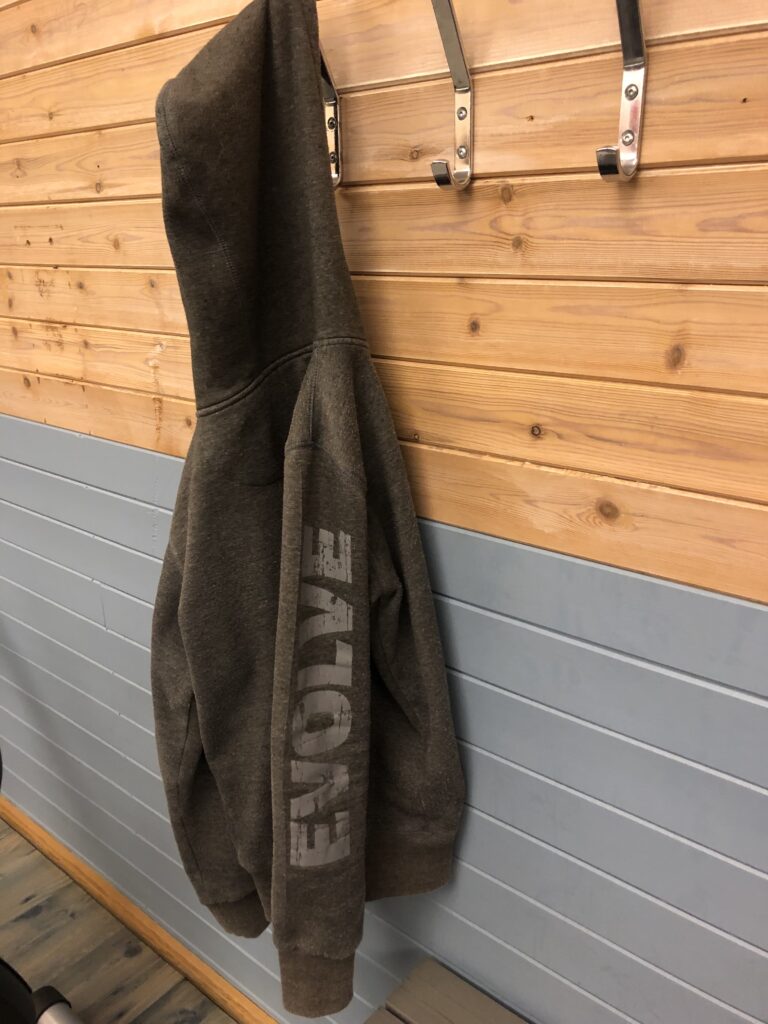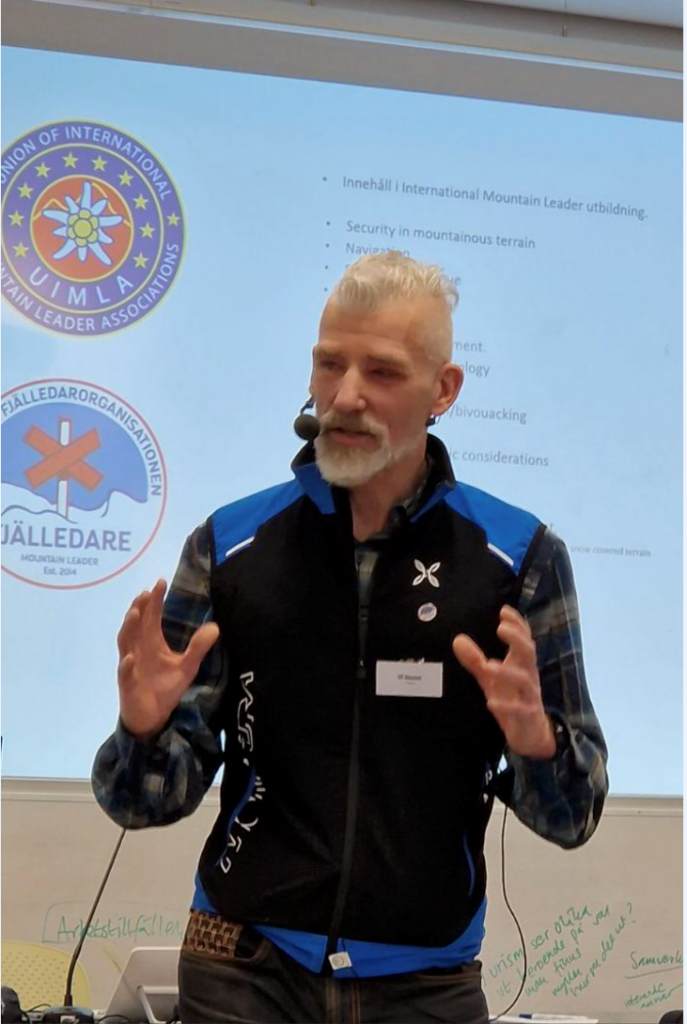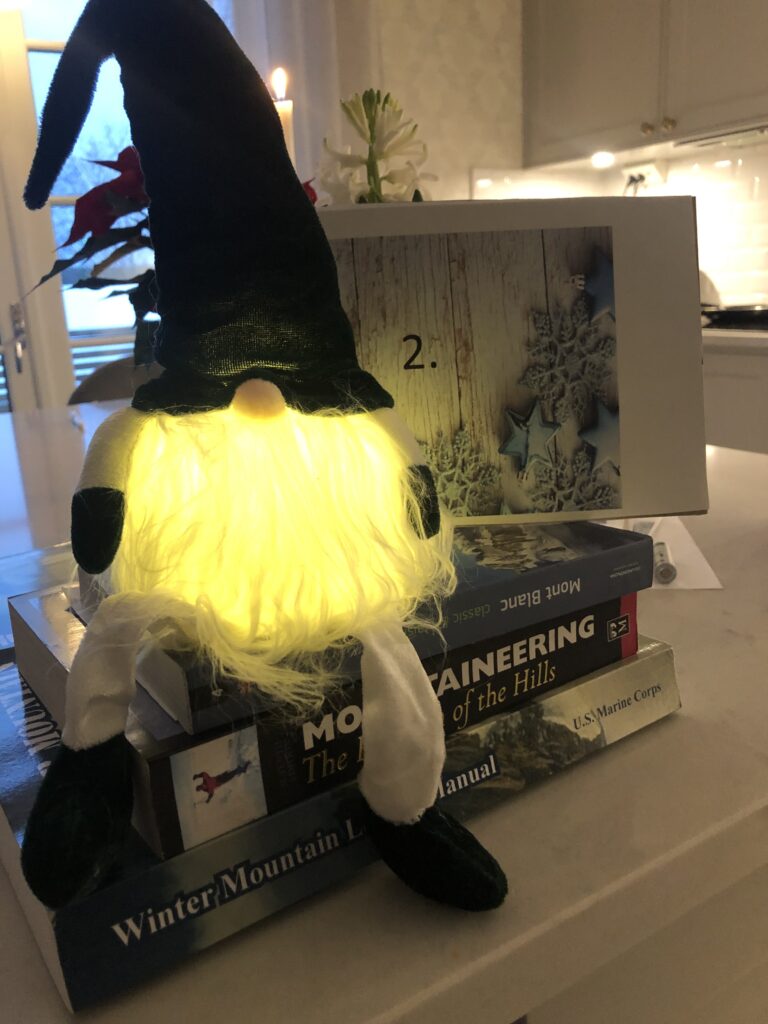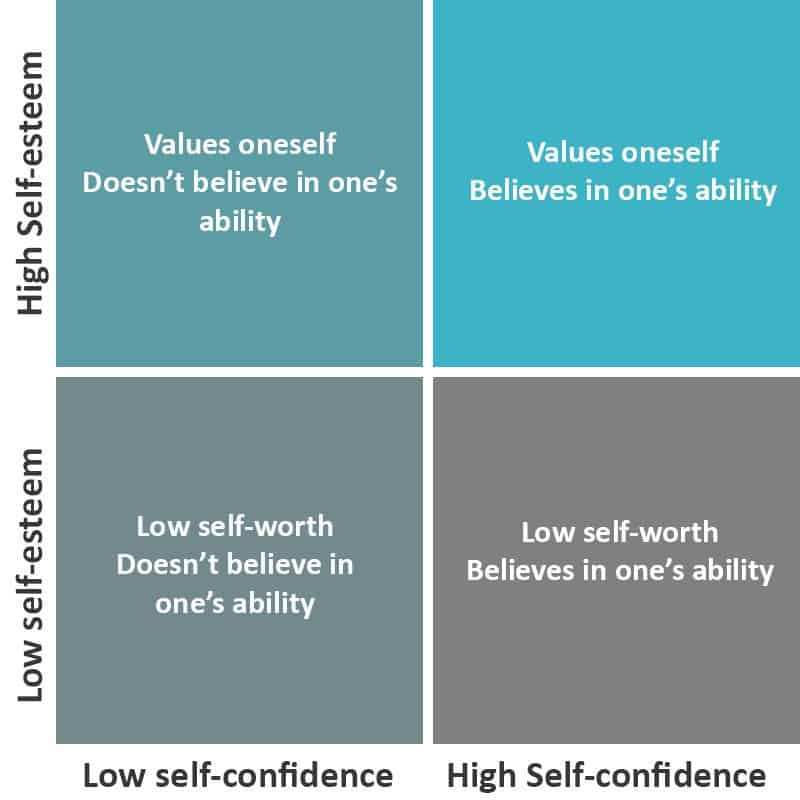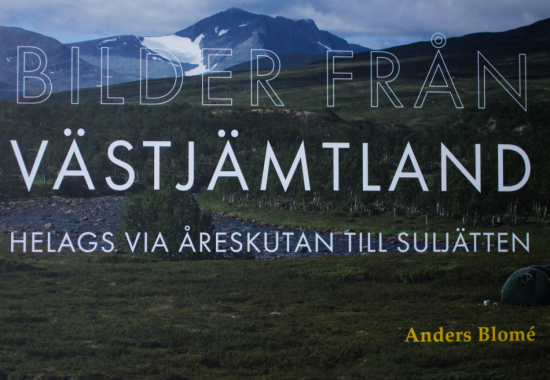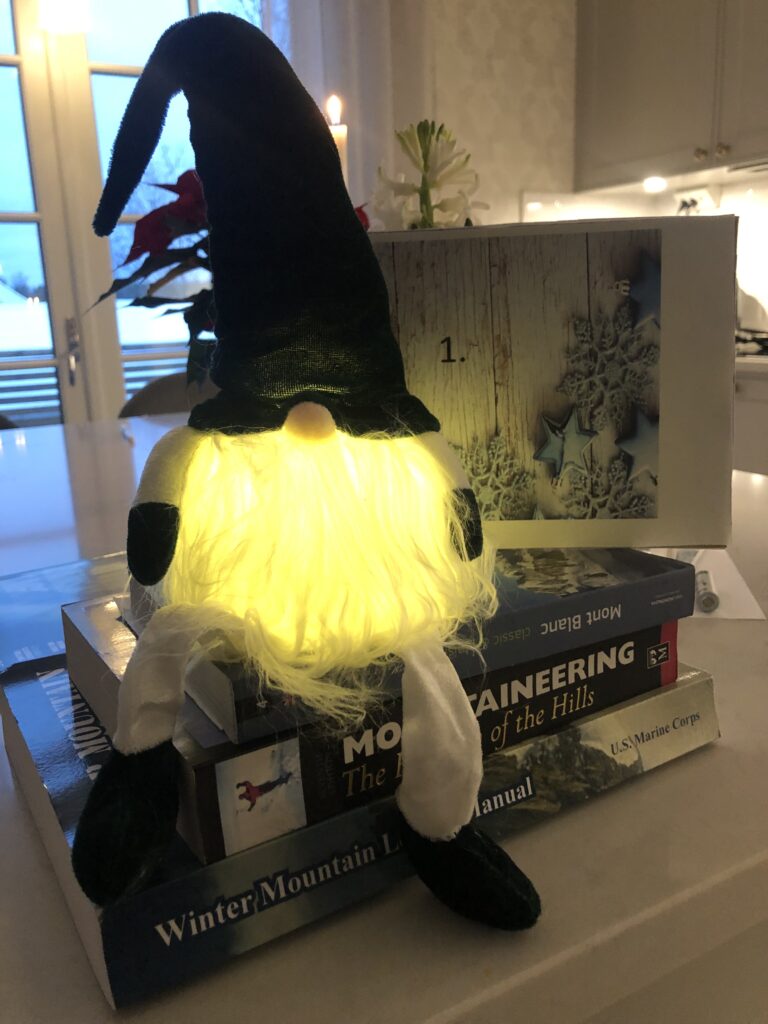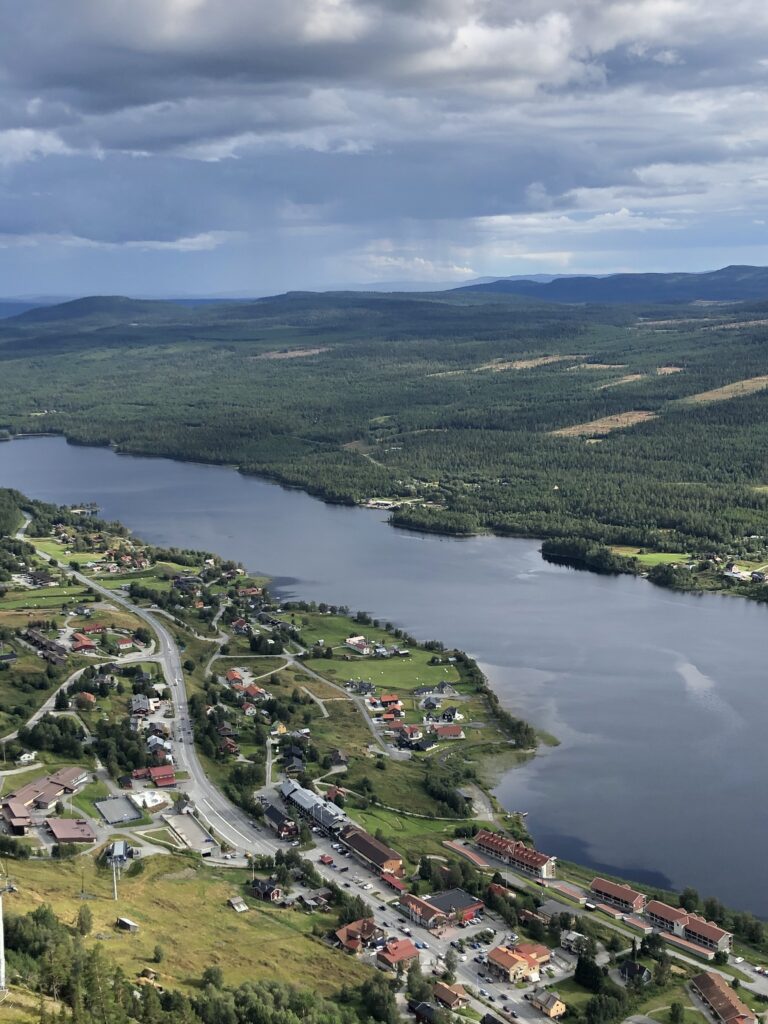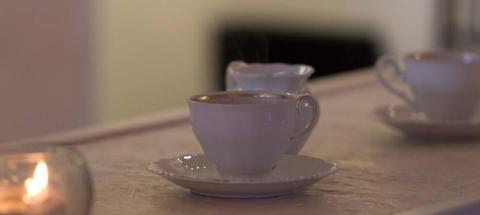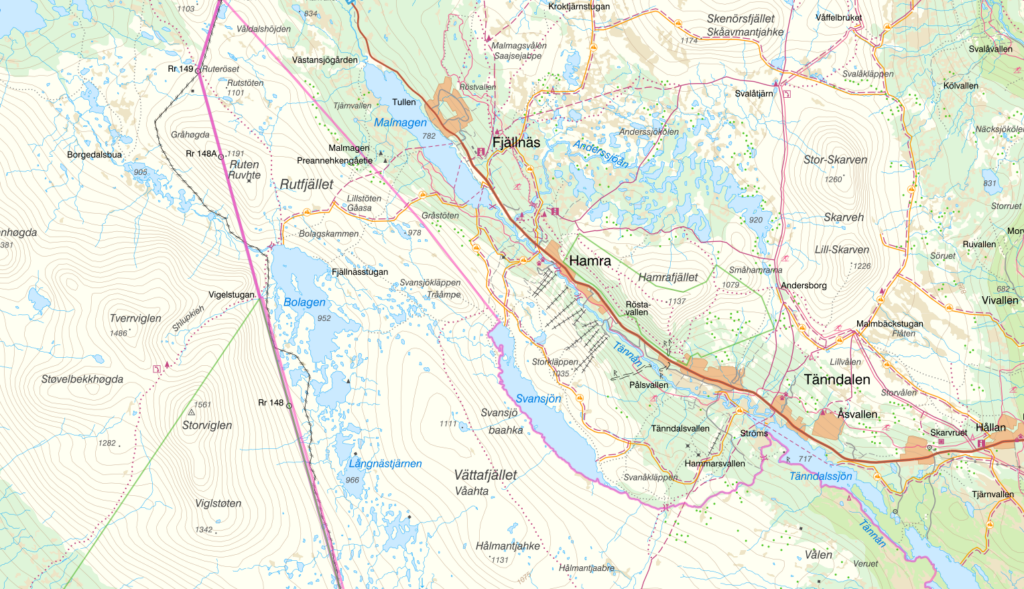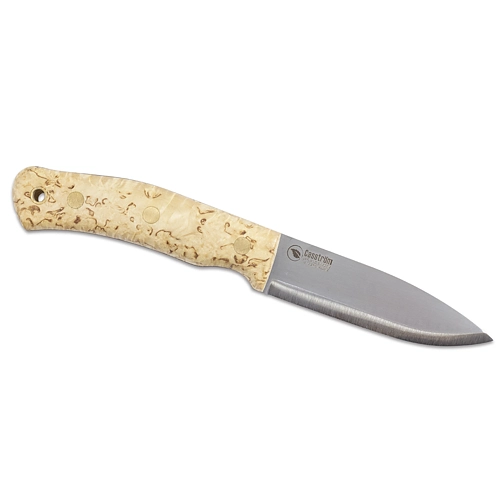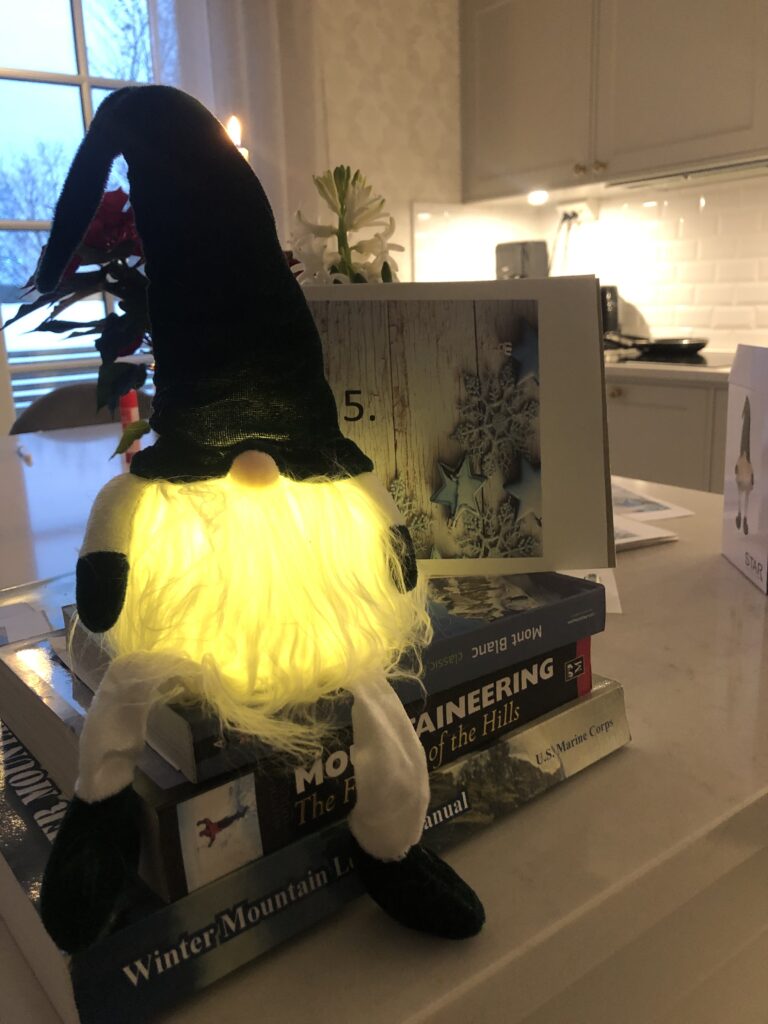
The topic of the day will be about the reindeer. The deer animal can be find in three part of the world; Nordic, northern part of Russia and north America. You can find different sub species of the reindeer.
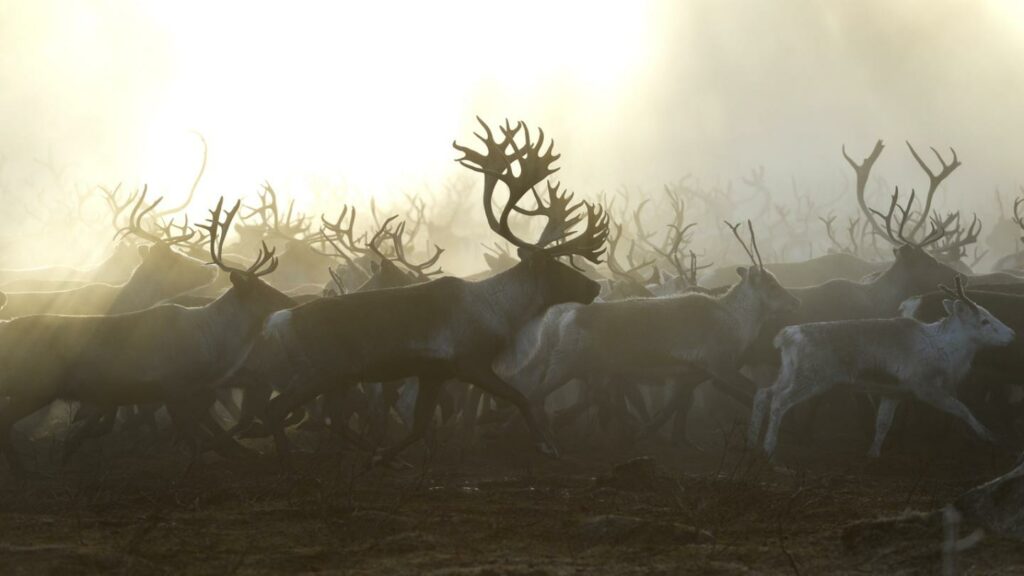
Most differ from the size or the color of the fur. Some of the reindeers live at secluded places and even islands, such as Greenland, Svalbard and Ellesmere-island in arctic Canada. At Svalbard the reindeer got shorter legs and is a sub species, which is closely related to the Greenland reindeer. Here in Sweden the wild reindeer could be found until the end of the 1800. But today there is just domestic reindeer. During the 1700 some reindeers was transported towards Gotland, but the last out of this was shot in the 1800. Wild reindeers can be found in Russia, North America and in Norway. There has been an ongoing discussion about to reintroduce wild reindeer in Sweden, but no such decision has been made so far. A reindeers antler can have a weight up to 15kg. Often the fur got a dark grey brown color, but it can vary. The color is lighter during the Winter. This helps them for being discovered of predator. The reindeers fur is buildup of hollow air cells who protect very good from cold. In addition the reindeer got a dense undercoat. When the reindeer moves you can hear a snapping sound. It is due to a tendon attachment in the hind leg that slides over a leg, thus producing a sound. It is not known for sure what the meaning of the sound is, but it may make it easier for the reindeer to stay together in the dark and fog. The reindeer is a ruminant herbivore and eats many kinds of plants, such as grasses, lichens, rhizomes, rice from deciduous trees and various herbs. They also like mushrooms, such as soups, mushrooms and mushrooms. Reindeer management in Sweden today takes place from Idre in the south to Karesuando in the north. The Swedish legislation (reindeer farming law) limits reindeer husbandry to those who are members of one of Sweden’s Sami villages. The reindeer’s migrations are controlled by the Sami with the help of helicopters, snowmobiles and all-terrain vehicles. Reindeer raising has a long history, there are historical sources that telling us that it has been ongoing since the 800. This animal is also fast, up 80Km/h is the speed level they can reach. In Sweden there are 360 000 reindeers after the yearly calving. In Sweden today there is about 4600 reindeer owners. Today’s reindeer husbandry is mainly focused on meat production. Domesticated reindeer are used today in tourism or for ”reindeer racing”. Reindeer herding still plays an important role in Sami culture. It is a carrier of tradition with great symbolic value.
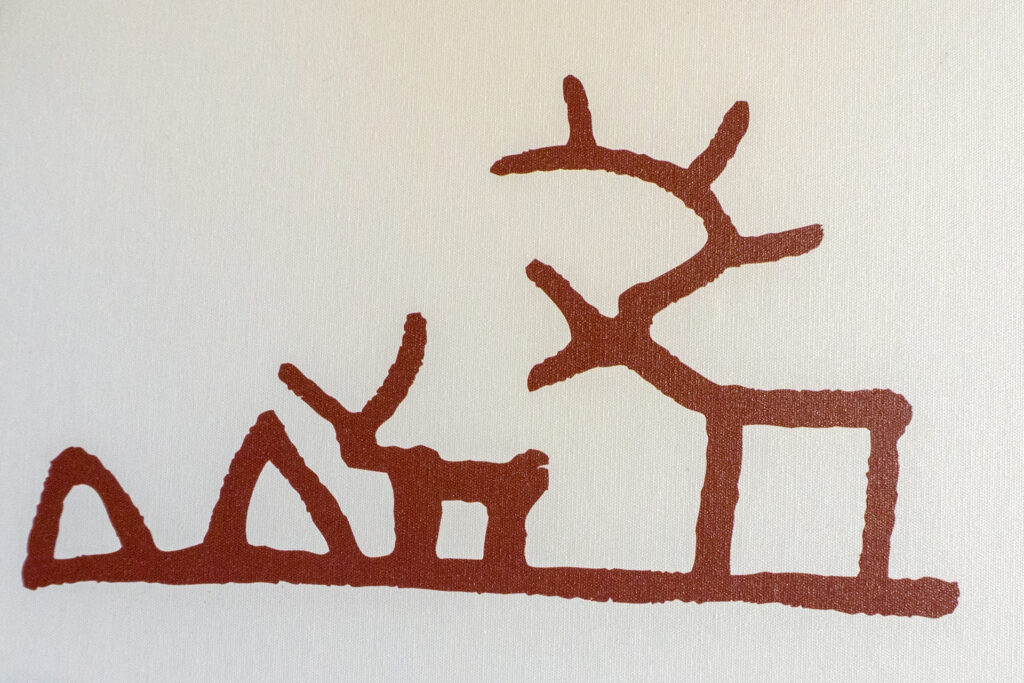
Being a reindeer herder is a hard profession, but it is also a way of life. As a reindeer herder, you are at the same time a carrier and mediator of the Sami reindeer herding culture.
See ya tomorrow…
